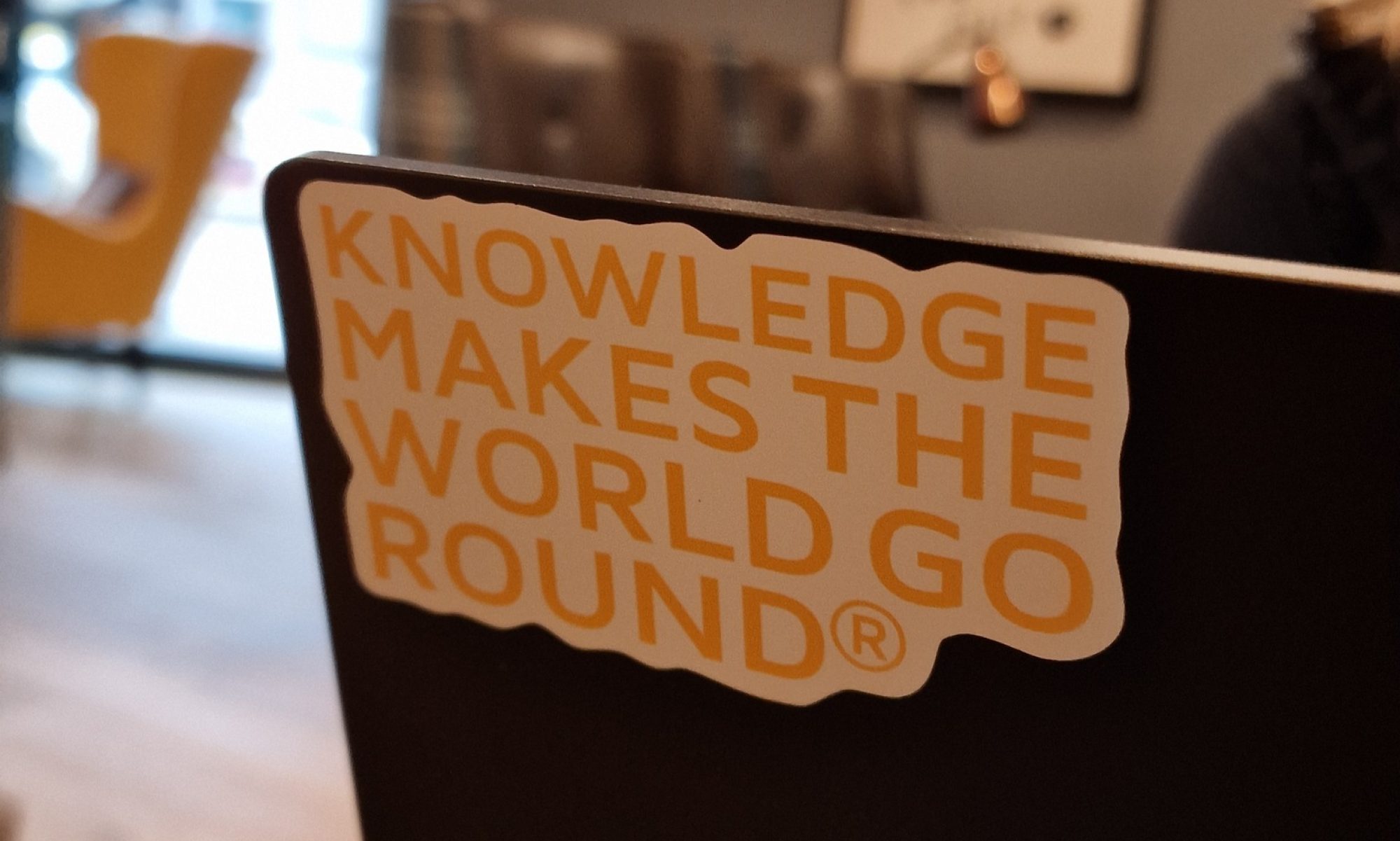Der Begriff „Robot“ wird von uns allen wie selbstverständlich benutzt, doch ist vielen gar nicht klar, dass „Robot“ aus dem Slavischen kommt und „Arbeit“ bedeutet (MGI 2017: A future that works, p. 3):
The Czech writer Karel Capek coined the word “robot” almost a century ago, in a 1920 play about factory androids that each do the work of two-and-a-half humans at a fraction of the cost. Science fiction has since become business fact. Robots are commonplace in manufacturing, and algorithms are playing an ever-larger role in companies from UPS to Amazon.
The word “robot” comes from the Slavic word for work, “robota.” Karel Capek, R.U.R. (Rossum’s Universal Robots), 1920. The play is available at www.gutenberg.org.
Solche Entwicklungen sind immer ambivalent: Einerseits helfen uns solche Systeme (Robots), stupide und schwere Arbeit zu verrichten; andererseits werden diese Systeme immer leistungsfähiger und ersetzen manche Tätigkeiten, bzw. ganze Jobs. Diese Ambivalenz gab es schon häufiger in der Geschichte des Menschen. Es kommt darauf an, wie wir mit solchen Entwicklungen umgehen. Manche haben sich rechtzeitig darauf eingestellt, und andere haben diese Trends ignoriert… Solche Zusammenhänge besprechen wir auch in dem von uns entwickelten Blended Learning Lehrgang Innovationsmanager (IHK). Informationen dazu finden Sie auf unserer Lernplattform.



